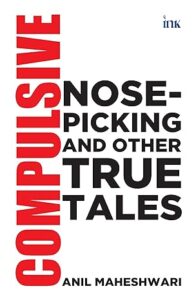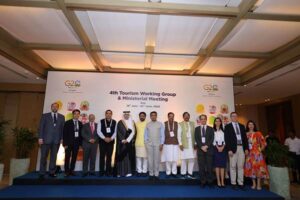Civil aviation policy 2016: A big disappointment
Ravi Shanker Kapoor | June 18, 2016 3:00 pm

Civil aviation policy 2016, announced recently by the Narendra Modi government, is cautious reform at best and unwarranted interventionism at worst.
The 5/20 rule, which began in 2004, pertained to the commencement of international flights. It stipulated that, in order to start international flights, an operator must have five years of domestic experience in the sector and 20 aircraft. While the new policy has done away with the five-year requirement, it has continued with the 20-aircraft condition. A government press release said, “All airlines can commence international operations provided they deploy 20 aircraft or 20 per cent of total capacity (in term of average number of seats on all departures put together), whichever is higher, for domestic operations.”
In short, 5/20 has become 0/20. The government’s reluctance to completely scrap the controversial rule, which is said to have been introduced at the behest of Naresh Goyal of Jet Airways, speaks volumes about the incrementalism that the government is wedded to. This is despite the fact that the baneful effects of 5/20 are widely recognized. ‘Go slow’ is mantra as far as the opening up of the skies is concerned.
The Indian aviation sector is at the cusp of a high growth trajectory. The new aviation policy itself has set ambitious goals: India to become third largest civil aviation market by 2022 from ninth; domestic ticketing to grow from 8 crore in 2015 to 30 crore by 2022; airports with scheduled commercial flights to increase from 77 in 2016 to 127 by 2019; cargo volumes to quadruple to 10 million tonnes by 2027.
Yet, the policy refuses to let market players function freely. The most insidious feature of the policy is the proposal of capping domestic travel fares—at Rs 2500 for an hour’s flight on regional routes. A regional connectivity scheme (RCS) has been proposed. If there are any losses, the Centre will bear four-fifths of it, whereas states will pay the rest.
This is a Pandora’s box in the making. There will be endless rows between airline companies on the one hand and Central and state governments on the other regarding the quantum of losses; there will be considerable discretion in the hands of government officials; there will be substantial interaction between aviation executives and bureaucrats. All these situations are the perfect recipe for corruption.
Then there are policy complications, further confounded by officialese: “The Route Dispersal Guidelines (RDG) have been rationalized by making the criteria for declaring a route as Category I (trunk route) more transparent, while the traffic to be deployed on Cat II and IIA expressed in terms of a percentage of CAT I traffic remains the same. The criteria proposed for a Cat I route are a flying distance of more than 700 km, average seat factor of more than 70 per cent and annual traffic of 5 lakh passengers. The percentage for CAT III will be reduced in view of the Regional Connectivity Scheme coming into operation. Uttarakhand and Himachal Pradesh have been included as part of category II routes.”
Only statists can think of such complicated provisions and only bureaucrats can put them in such inscrutable phraseology. For the lesser mortals, it is downright gobbledygook; for the businessman, a pain in the… you know where.
For the popularization of air travel to smaller destinations, the policy also has a provision of a 2 per cent cess on domestic and international tickets.
Now, making air travel more popular and widespread is indeed a laudable objective, but price caps and cross-subsidization play havoc with the fair play of market forces; and the truth is that only market forces can attain the objective. As they did in the telecom sector. So what was the need for pre-liberalization measures?
There was no need, but the institutional mindset shaping the new aviation policy belongs to the pre-liberalization era. As I mentioned in my recent articles, the politician and the bureaucrat want to have a finger in every pie.
Reforms in the aviation sector are much easier than in other areas. For instance, labor reforms and the privatization of public sector banks and enterprises, though direly needed, will be opposed vehemently by pinkish intellectuals and, more importantly, the RSS and its offshoots. It is a well-known fact that the RSS-affiliated BMS is opposed to the opening up of the labor and the sale of state-run entities.
In the case of civil aviation, however, the government had an open field; short of privatizing Air India, it could have done anything it wanted. In fact, even great boldness was not required. The Modi regime, however, has pusillanimously taken recourse to incremtalism, that bane of Indian economy.
In short, civil aviation policy 2016 is a big opportunity lost.






























